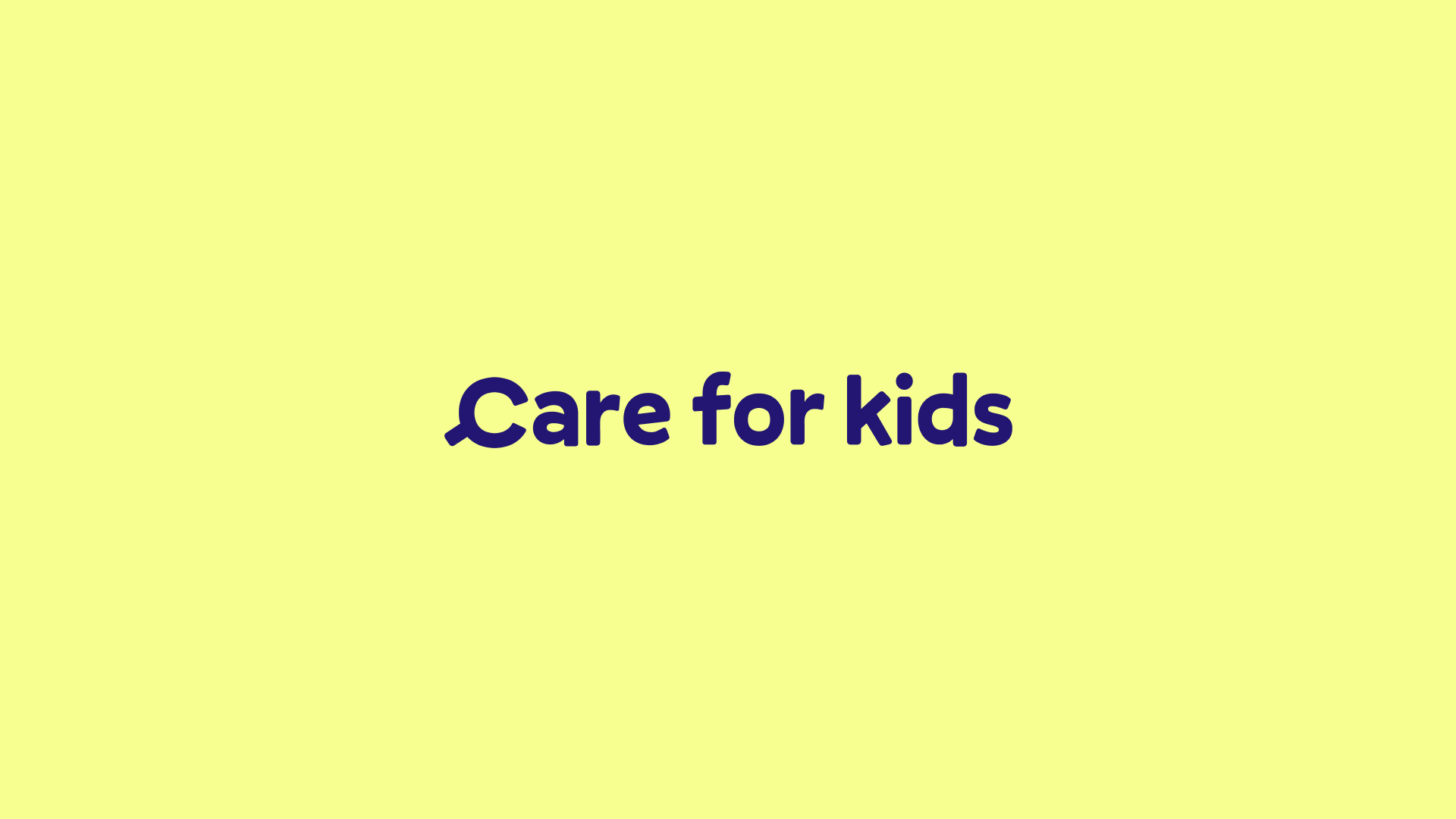There's no doubt that many families are noticing the rising cost of living, but the recent price rise in child care fees is putting added financial pressure on working parents. Luckily the Australian Government is working together with the state and territory governments to help families with increasing childcare fees by boosting child care subsidy payments and introducing additional assistance.
Understanding the childcare price rise
When it comes to increasing childcare fees, there are two key factors behind the recent price hikes.
Firstly, the surge in inflation across 2022 has resulted in higher operating costs for many childcare operators. Many childcare providers including centre-based day care, long day care, outside school hours care, and family day care can't afford to absorb these costs, so they are passed onto families in the form of a fee increase in child care costs.
Secondly, a shortage of early education teachers and childcare workers is also putting increasing pressure on labour costs across the early childhood education and care sector. As a result, childcare fees increased by an average of roughly 3.3% in July 2022, with some childcare operators even charging above the hourly rate cap.
How to get cheaper childcare fees
In order to combat rising childcare costs, the government announced a number of measures in the October 2022-2023 Budget to help make early childhood education and care more affordable for around 1.26 million families.
As of July 2023, the Australian Government will introduce a number of changes to the Childcare Subsidy (CCS) to help deliver more affordable childcare fees. So whether you're currently receiving the CCS or you're in the process of applying, here are the three key changes to the CCS that could impact your subsidy payment:
- There will be an increase to the maximum CCS rate from 85% to 90% for families earning $80,000 or less,
- Families earning a combined income of less than $530,000 will be eligible for increased CCS. The amount of CCS you're eligible to receive will still depend on your family's combined income, and
- Families with Aboriginal and Torres Strait Islander children will receive a minimum of 36 hours of subsidised care each fortnight. Some families may be eligible for additional subsidised hours depending on their circumstances. While families will still need to cover the gap between the CCS and the childcare fees, this new reform is designed to help improve early childhood outcomes for First Nations children.
These government measures are intended to make childcare services more affordable for families so parents and carers can return to work. Often, the significant child care cost of early childhood education prevents parents and women, in particular, from returning to work or working as much as they'd like. It's estimated that these changes will increase the paid hours worked by women with young children up to 1.4 million hours per week from 2023-2034. This works out to be the equivalent of an extra 37,000 workers,
In addition to assisting parents in returning to work, these reforms will also support children's learning and development to help prepare them for the transition to school.
If you already receive the CCS, you don't need to do anything to access the increased rate. The changes will be applied automatically to your CCS from July 2023.
Additional support for families
In addition to the increase in childcare assistance through the CCS, the government will also expand the Paid Parental Leave Scheme over four years from 2022-2026 to provide greater support for families. These changes will affect you if your child's birth or entry into care falls on or after 1 July 2023.
From 1st July 2023, the Parental Leave Pay and Dad and Partner Pay will be combined into a single payment. From this date, it will also increase from 90 days (18 weeks) to 100 days (20 weeks). The total Parental Leave Pay will then increase in 2-week increments each July until 2026 when it will reach a total of 130 days (26 weeks).
To receive the new Parental Leave Pay a combined family income limit will also be introduced. A family must earn a combined adjusted taxable income of $350,000 or less per financial year to be eligible for the payment. The existing individual income limit of $156,647 will not change.
Parents will have access to Parental Leave Pay until the child turns two. Parents can choose to share their Parental Leave Pay with each other and they can even take days at the same time. They'll also be able to access this payment at the same time as paid leave and in between periods of paid work. It's hoped that this new flexible arrangement will help families to better manage their work and care situations.
Whether you're looking for information on childcare or you're on the hunt for the best childcare service for your little one, Care for Kids has plenty of resources to help you on your childcare journey! Find childcare services in your area, use our calculator to find out how much CCS you could be eligible for or read up on our articles and tips on everything childcare - from making the transition to childcare easier for you and your kids to finding out if you are eligible for additional child care subsidy. Whatever you need, Care for Kids is your one-stop shop for all things childcare.
































